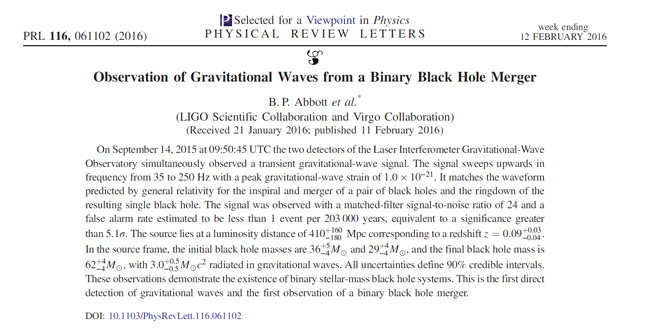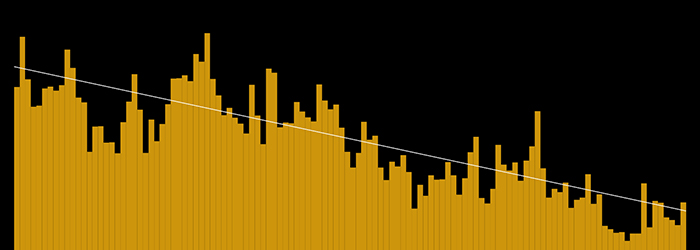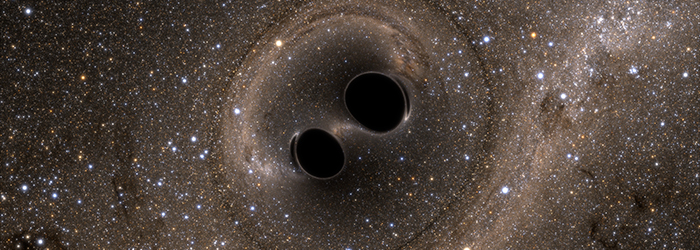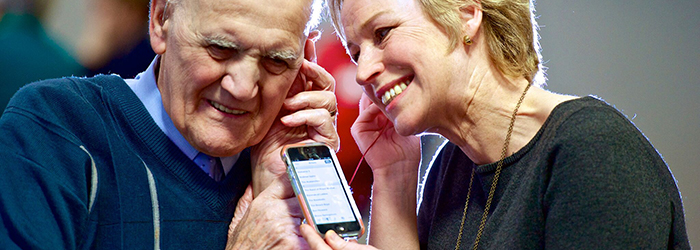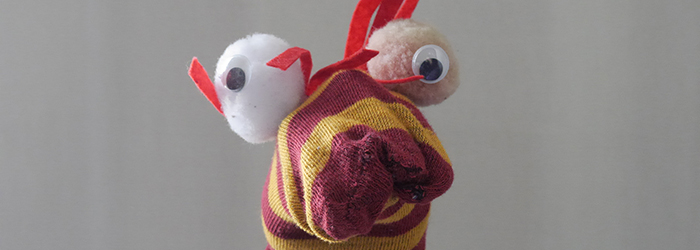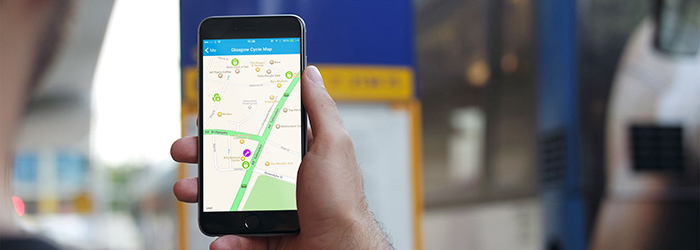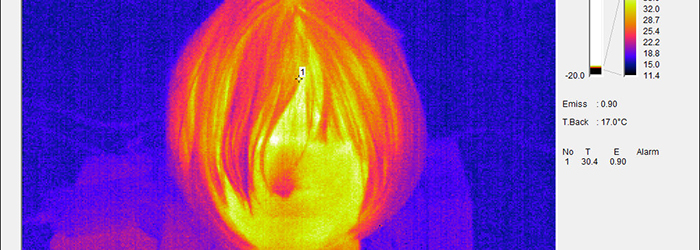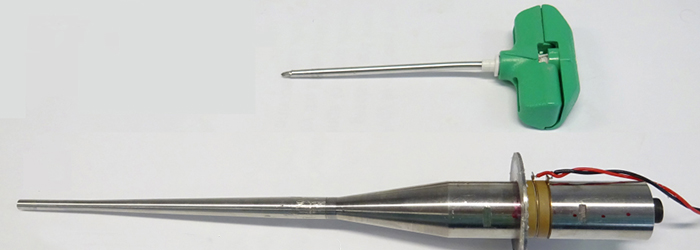Gravitational waves
On February 11th 2016 a collaboration of scientists from around the world announced the discovery of gravitational waves from the collision of two massive black holes, more than a billion light years from the Earth. University of Glasgow researchers played a key role in this discovery, first observed in September 2015.
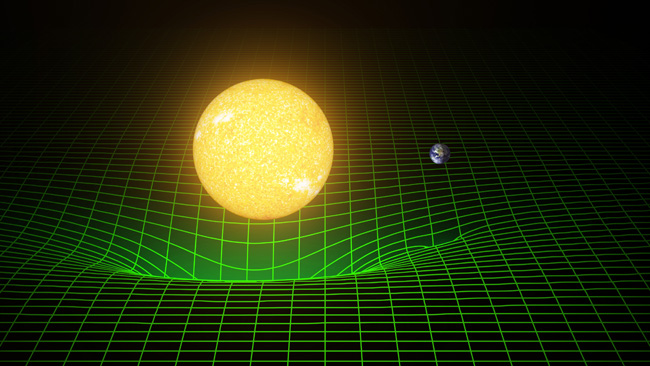
Credit: T. Pyle/Caltech/MIT/LIGO Lab
The gravity of massive bodies such as our Sun and the Earth can warp the fabric of space and time. In this image spacetime is represented by the green grid. This was demonstrated by Albert Einstein in his theory of general relativity.
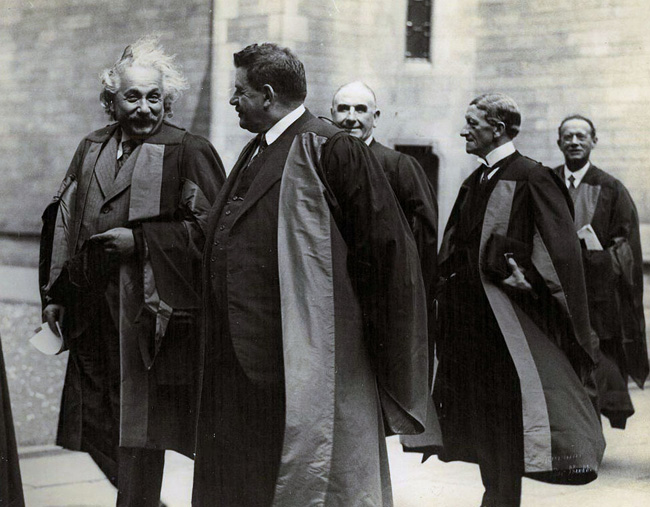
Albert Einstein (1879-1955) predicted the existence of gravitational waves, ripples in space time that travel at the speed of light.
He was also awarded an honorary degree from the University of Glasgow on 21st June 1933. Over 1500 people turned up to see him also give a lecture in the main Bute Hall of the University.
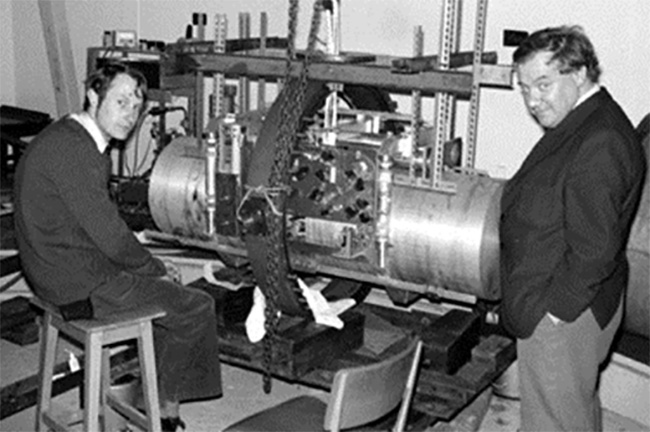
Professors Ronald Drever and Jim Hough constructed an early aluminium bar gravitational wave detector in Glasgow. In 1972 they found what looked like evidence of gravitational waves. Unfortunately, no other detectors were operating around the world at the same time to verify their observation. This bar detector is viewable in the School of Physics foyer, the Kelvin Building, University of Glasgow.
Hough and Drever’s observations convinced them that one day gravitational waves would be detected. Professor Hough took charge of the Glasgow group and Professor Drever moved onto Caltech (California Institute of Technology). This has ultimately lead to the Advanced LIGO (Laser Interferometer Gravitational-Wave Observatory) detectors that are being used today.
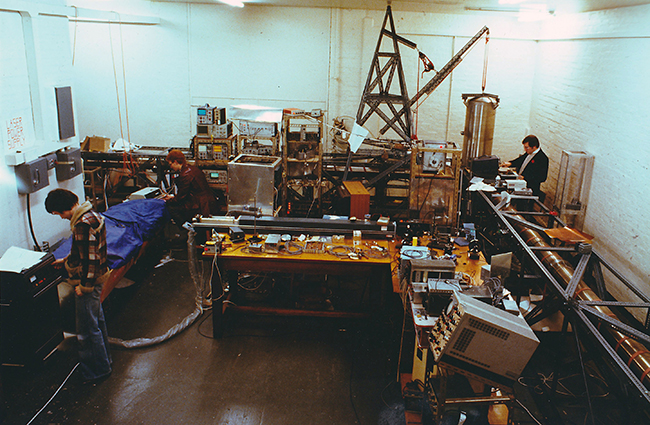
From the late 1970s to the early 2000s Glasgow was a test bed for new technologies, some of which are currently used in Advanced LIGO (Laser Interferometer Gravitational-Wave Observatory) today.
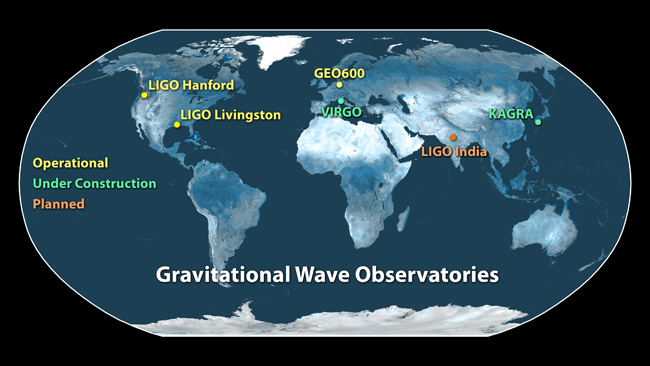
There are currently three observatories in operation; LIGO Hanford in Washington; LIGO Livingston in Louisiana and GEO600 in Germany. Detectors in Italy and Japan are currently being upgraded and a sixth observatory is planned for India. Having multiple observatories will enable scientists to work out the location and source of the gravitational waves detected.
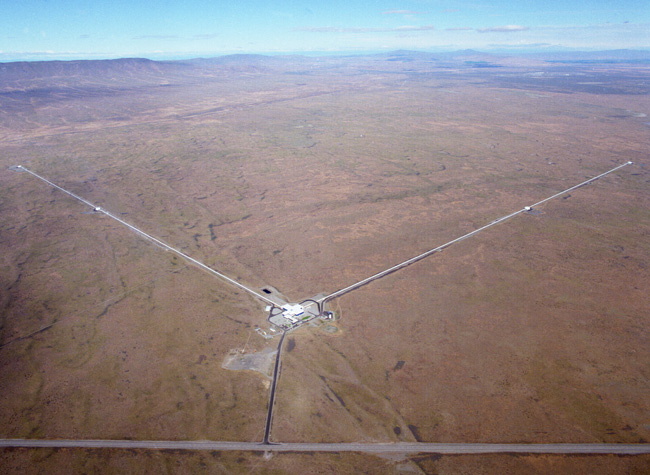
Ligo Hanford USA. LIGO Caltech give a explanation on how the detectors work.
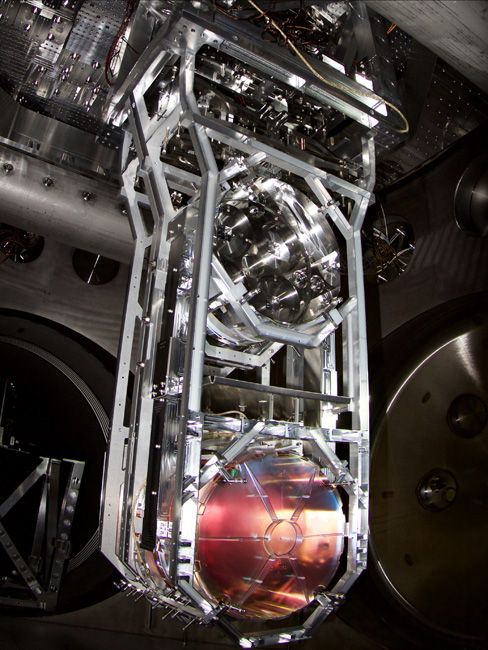
This photo is of one of LIGO’s test masses. This is what the LIGO scientists call the mirrors that reflect the laser beams along the length of the detector arms. The test mass/ mirror weighs in at 40kg and is suspended by four silica glass fibres. A prototype of the Suspension GEO600 is on display in the Kelvingrove Museum as part of the Glasgow Science Festival: Glasgow Innovates exhibition.
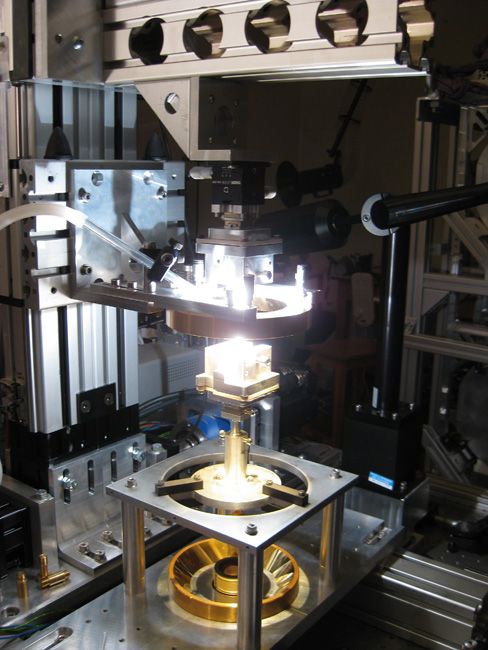
Glasgow developed the technology, using extremely high powered lasers to melt glass and create these very thin but very strong fibres. Current research is looking at using other materials e.g. sapphire, to create even stronger fibres, capable of supporting heavier mirrors.
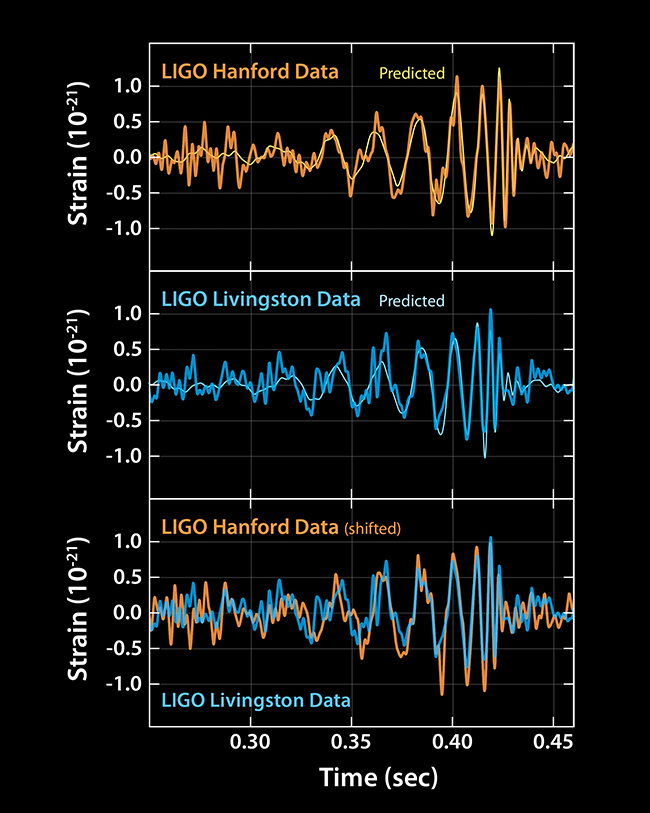
Here is the first gravitational wave detection signal. Gravitational waves give us a new way to observe the universe.
If you want to find out more you can read the above paper and you may find the following links interesting:



